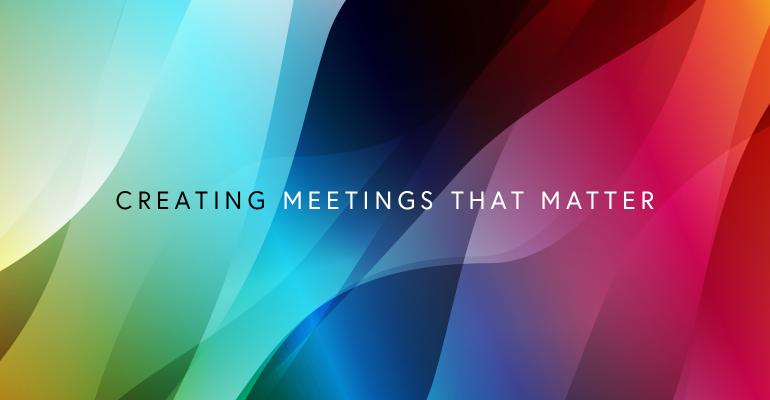Brought to you by:

The power and value of creating memorable “experiences” will be felt even more when conferences, meetings and live events resume, because, to put it frankly, we will appreciate the value of face to face meetings that much more.
Last year, in IACC’s survey for the 2019 Meeting Room of the Future Report, 57% of meeting venue operators said “experience creation” is an important part of their role and it’s expected to become an even stronger trend in the next five years.
Experience creation encompasses factors like the types of activities planned, the food and beverage served, and the meeting environment itself. It also considers creative approaches for presenters to engage attendees, the look and feel of the space and the overall format of the event. Which areas of the venue are used and how the various aspects of the facilities are incorporated can play a significant role in the overall experience.
Venue operators are challenged to deliver richer experiences and, in many cases, they are responding with higher levels of existing services,” said Sarah Weller of Steelcase. This may mean bringing in experts in experience creation or design. “Spatial experience design consultants have the ability to partner with the meeting planner and the venue to shift the meeting to a true experience for participants,” she added.
But when it comes to measuring the impact of a meeting experience, what matters? If experience creation is the buzzword, how do we know if we succeeded? The key of course, is to set a clear goal so outcomes can be benchmarked.
“You must start by asking, what is the objective of the meeting?” said Mike Van Der Vijver of MindMeeting. “When people leave the conference or meeting and go back to their jobs or regular lives, what do you want them to do differently?”
Setting the objectives
When the objective of an event or meeting is to increase sales, measuring the ROI may be straight-forward. You simply measure sales after the event. But what about when the goal is education, or to change a behaviour? What level of change or participation is considered an acceptable outcome?
“People don’t change their minds, or their actions easily,” Van Der Vijver noted, “so you might have to change yours. Really think about how you structure the meeting and what you want attendees to get out of it. Facts won’t make people change their approach. They need to experience something on an emotional or physical level that creates a need to change.”
If you want an action performed, such as using a new software program or app, implementing a new strategy or joining a discussion group, make it possible for the attendees to do it at the meeting rather than waiting until later. Or provide some other incentive or reward for follow-through. Consider whether you can opt people in instead of out. A compelling emotional story can help motivate people to take action.
For example, as a keynote speaker at large events Scott Harrison, founder of Charity Water, shows a moving video and asks people to log onto their phones right then and there and make a pledge to donate their birthday or anniversary to Charity Water. It’s a very effective combination: emotional appeal and immediate call to action.
For meeting planners and venue operators, you have to think about changing the structure of meetings to incorporation more sensory, emotional, or physical elements into the meeting to drive learning and decision-making.
“Many people learn better by doing, or with a physical interaction – some sort of participation – than simply sitting and listening in a lecture hall,” said Dianne Devitt, Founder of The DND Group, Inc. and Adjunct Professor at NYU.





